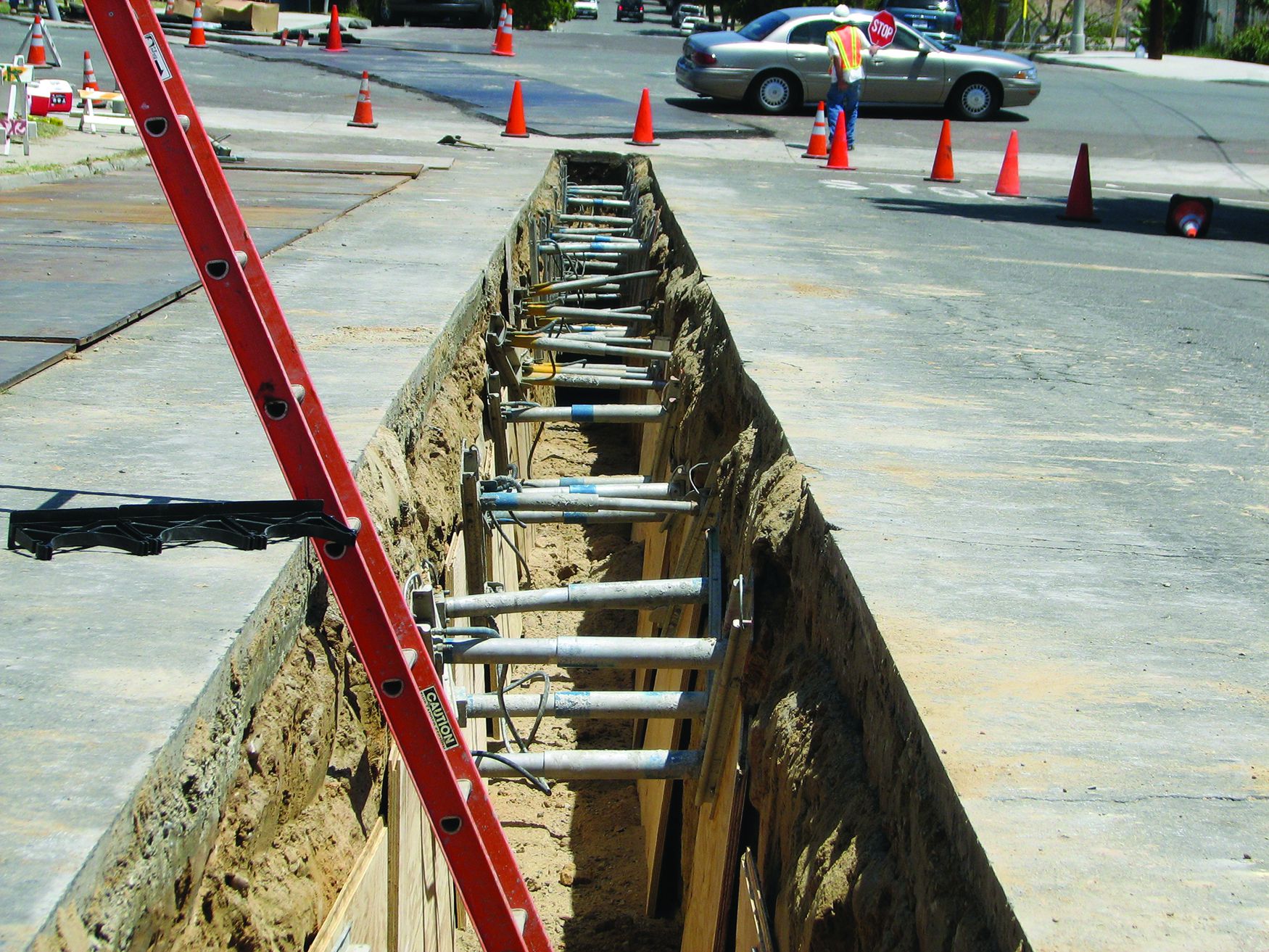Hydraulic hoisting is an integral component of civil engineering projects and other construction-related tasks. Since the need for specialist hydraulic shoring systems grows, understanding the different kinds of hydraulic walls in use today is vital. These walls offer numerous benefits that are far superior to traditional models. Modern hydraulic shoring can increase security and strength which makes your work more successful and assuring that your employees are safe.

Due to their efficacy and affordability The aluminum hydraulic shoring systems are used for more than forty years to protect trench workers. Contrary to conventional trench boxes, that aren’t always able to prevent collapse, these systems focus on compressing the trench’s walls for greater stability. The portable, lightweight and lower-cost alternatives to trench boxes allow for shoring to be more efficient. Aluminum hydraulic shoring can be a good option for any location. It offers workers assurance and security without breaking the bank.
Hydraulic systems are vital for creating and maintaining large structures. Hydraulic systems utilize pressurized liquids like oil or water to transfer objects from one location to the next. This is perfect in applications that require precise force. This type of system usually comprises an electric motor powered pump, a tank for the fluid source and valves to regulate the flow of media as well as pipes that transport it throughout. Engineers are able to create powerful outputs by regulating the pressure within these components and ensuring their the safety of the system. This makes hydraulic systems extremely valuable in securing support for large buildings.
The purchase of a hydraulic shoeing system is an important decision for any construction professional who must work swiftly and without danger near underground utility lines. The hydraulic shoring system provides both horizontal and vertical support as well as the ability to adjust in excavation. The hydraulic shoring system help prevent damage or instability to the ground, but it also allows for workers to move more safely in areas with limited space, such as trenches while ensuring the prevention of collapse or failure. Teams also can cut down on working time by not having to use other stabilization techniques, for example, nailing panels together or using plumbing column packs. These steps can be saved by using a simple rotation to put each part.
Contractors responsible for different excavation projects will discover hydraulic shoring systems to be a useful tool. These systems are able to endure extreme weather conditions such as flooding, and yet remain secure. The ability to adjust the hydraulically driven shoring is also a great way to reduce the set-up and dismantling process substantially, since it can be swiftly adjusted to suit specific projects. These shoring systems are usually cheaper than other options since they don’t require any additional equipment and work. Hydraulic Shoring Systems can provide complete protection for the floor and face, making them a great option for a variety of construction projects that require structural support. Hydraulic shoring offers many benefits. They are versatile, efficient and can be used in many different applications. Hydraulic shoring is an excellent option for the shoring process.
For more information, click Hydraulic Vertical Shores